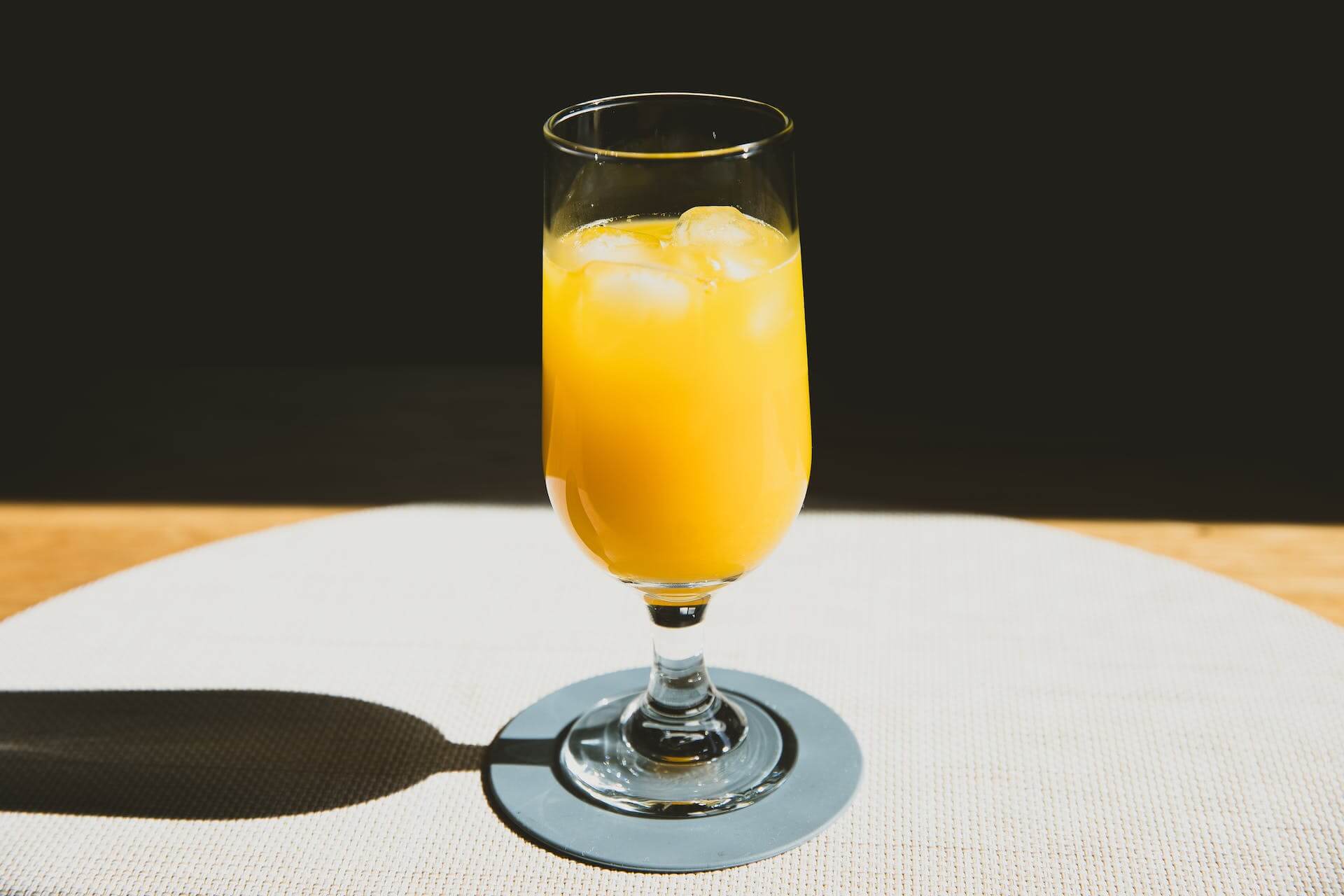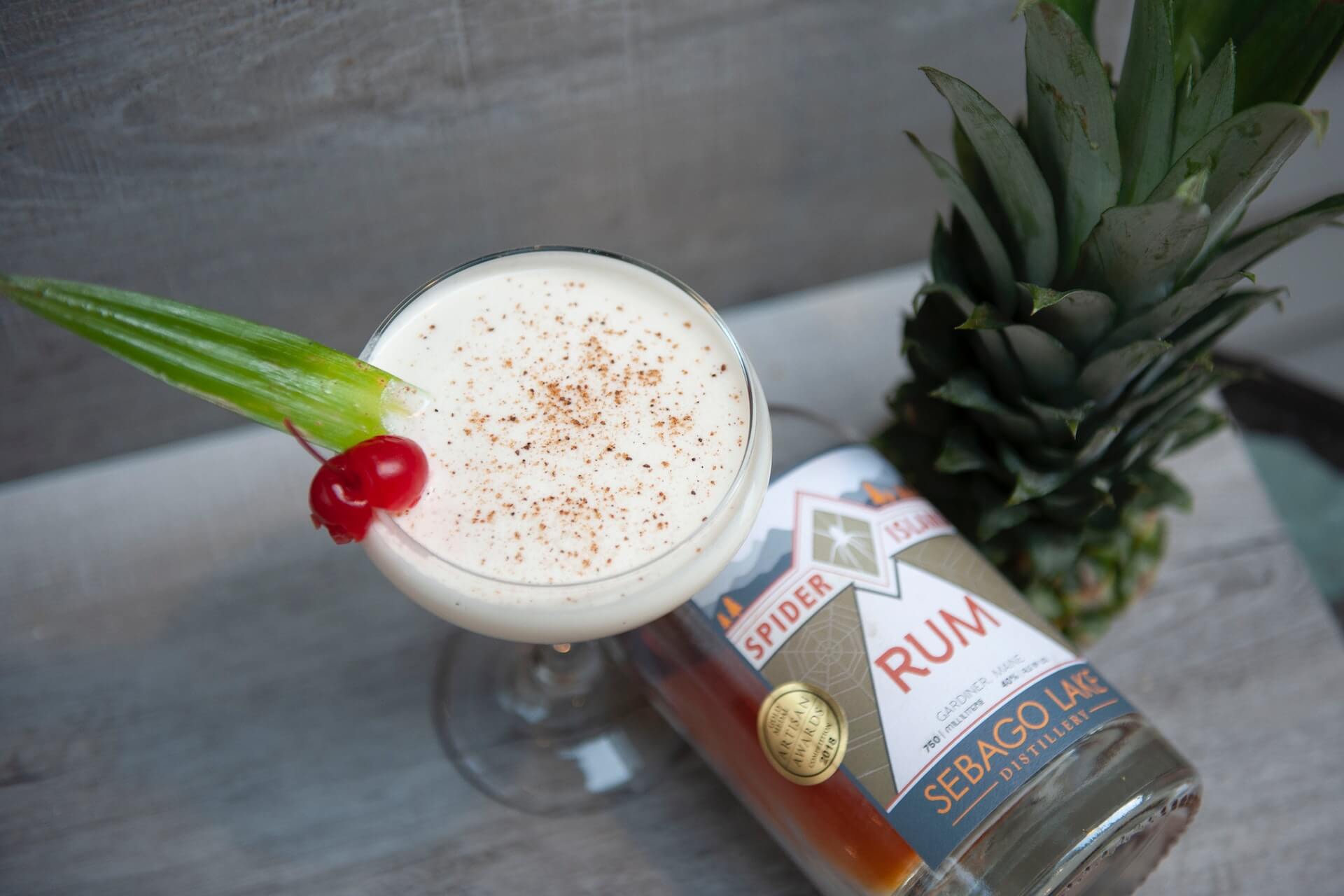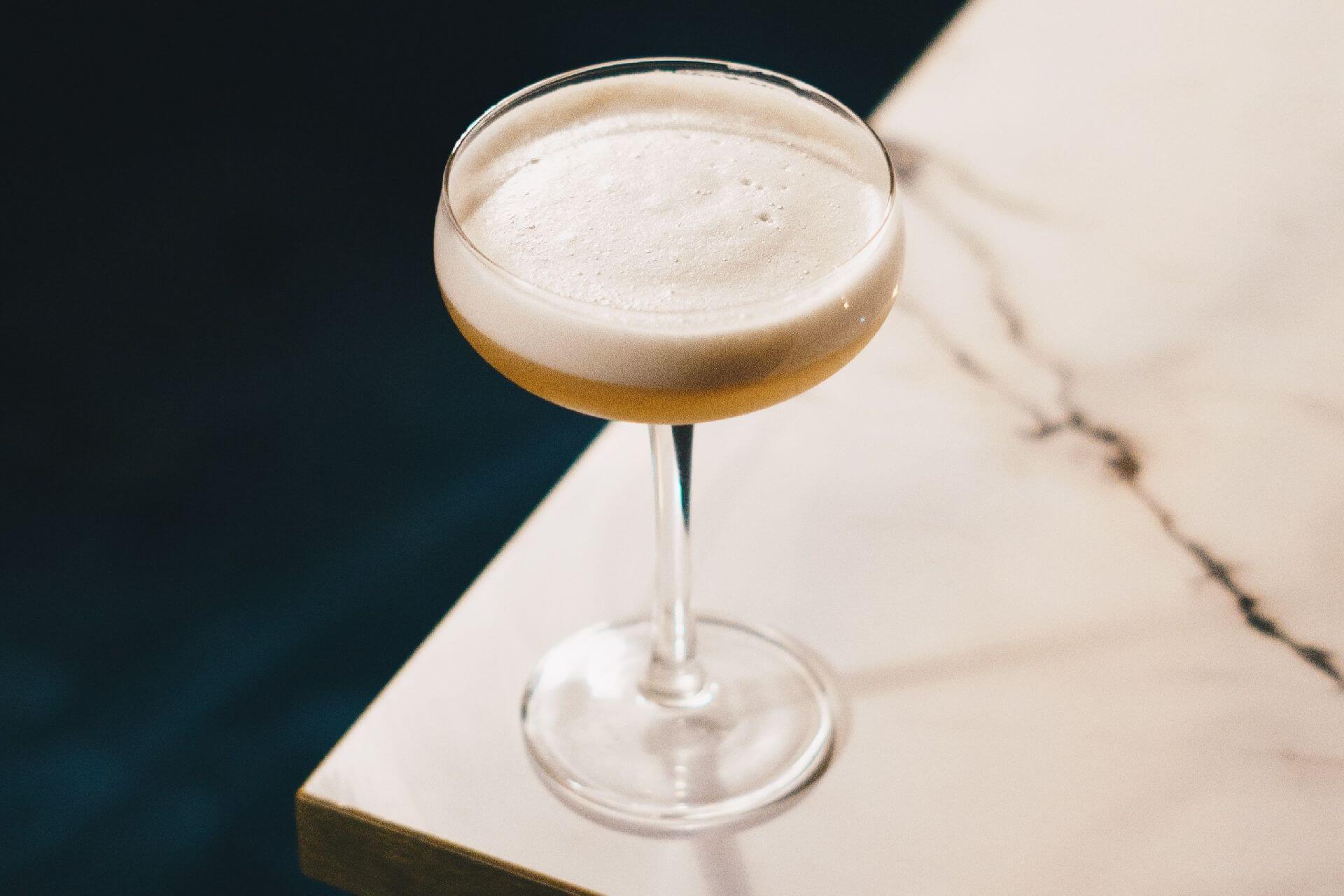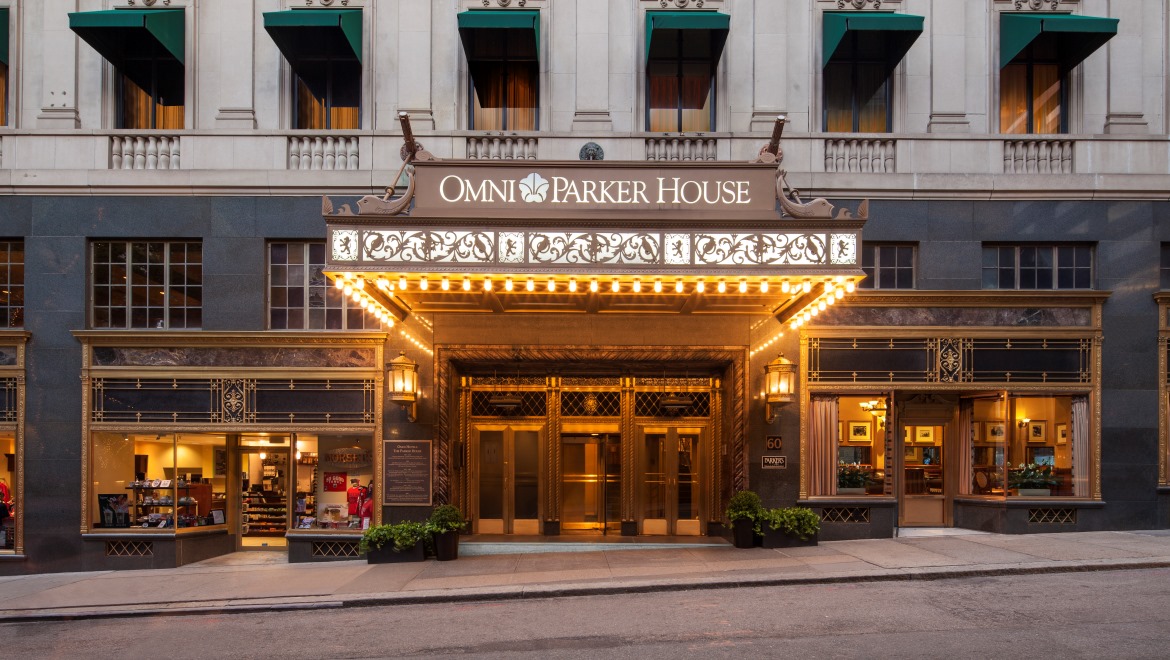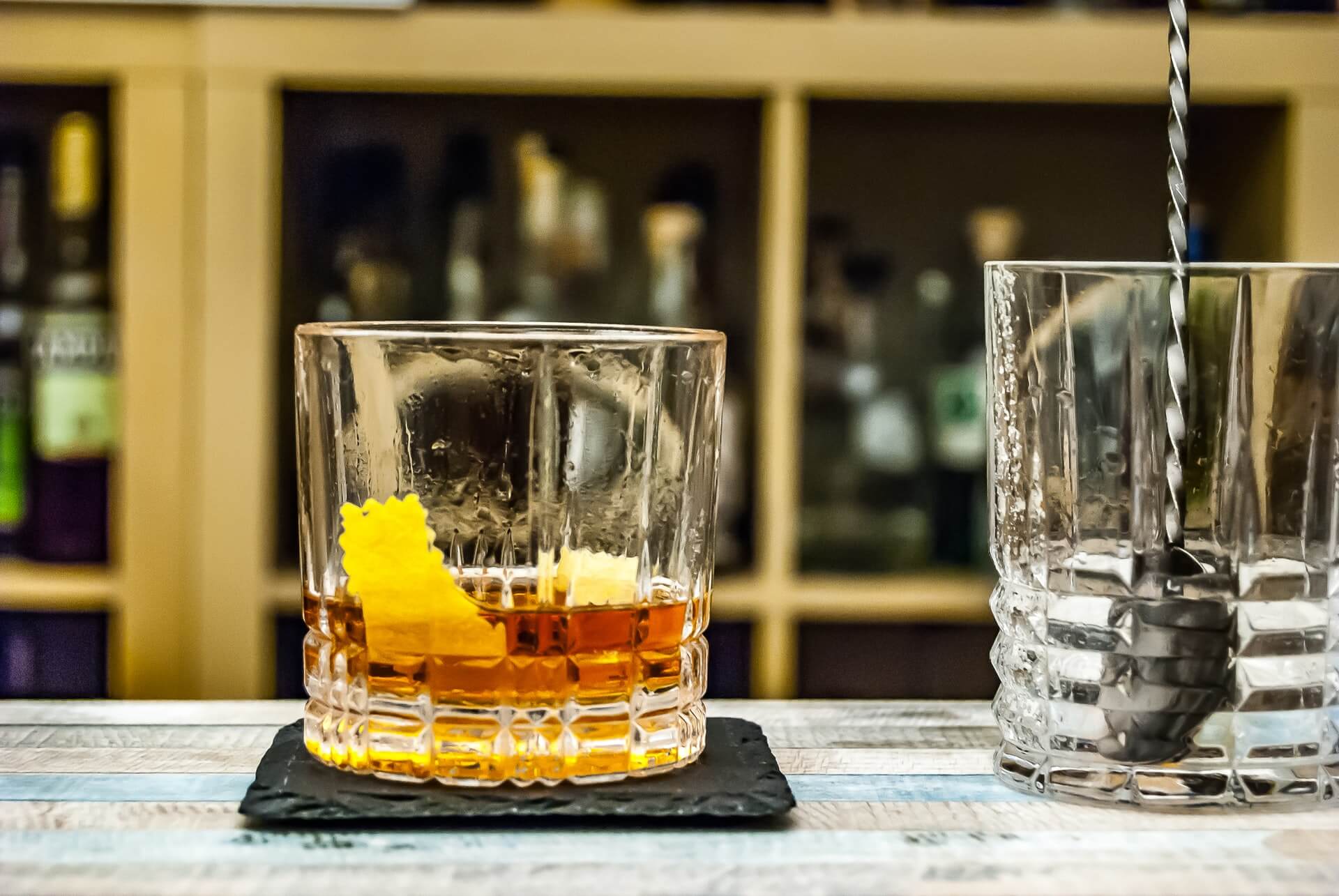Serving Up History: USBG Announces First-ever Book
by David Klemt

Coming out in May, the United States Bartenders’ Guild has written a book that shares the story of the first 50 years of this crucial advocacy organization.
It’s not often that I publish a press release on its own. However, I find this announcement so important and interesting that I’m going to let the release do the talking.
I’ll be including this book in an upcoming monthly roundup. For now, please read the release below for more information.
Cheers!
LIQUID LEGACY: A TIMELESS TRIBUTE TO THE FOUNDERS OF THE UNITED STATES BARTENDERS’ GUILD TO DEBUT MAY 2024
War, Peace, James Dean, and the First 50 Years of the USBG…Through the Eyes of the Bartenders Who Started It All
LAS VEGAS, NEVADA, MARCH 14, 2024 – The United States Bartenders’ Guild (USBG) today announces the release of its first book Liquid Legacy: A Timeless Tribute to the Founders of the United States Bartenders’ Guild. The book will initially be available at the shop at usbg.org.
While plenty has been written about yesterday’s and today’s hospitality scene and the operations behind it, few have undertaken a deep dive into the role bartenders play in society and their communities. From neighborhood organizing, labor movements, and equal rights, to late nights, spirits history, and the story of the bar that served James Dean his last drink – a glass of milk, Liquid Legacy is sure to join the canon of must-have volumes for anyone interested in the hospitality industry.
Jose Acona, Co-founder, former President, and Lifetime Member of the United States Bartenders Guild, opens this historic look at the nation’s only guild for bartenders with the admission that “while the rich history of our Guild cannot be traced back in its entirety, this collection is an amazing celebration of what was accomplished in the first 50 years. If you are a bartender, you need to read this book.”
The Guild traces its roots across the Atlantic to early 20th century Europe as the hospitality industry up-ticked with new taverns and places to drink opening at a rapid pace and requiring plenty of employees to staff them. Bar staff gathered regularly to discuss professional matters, leading to the formation of the International Barkeepers Union, in Cologne, Germany, by 3 Germans and 2 Americans. After a sharp downturn over the following 35 years owing to two world wars, a drought in the US, and Prohibition, bartenders got back to legally plying their trade around 1933.
Over the next fifty years, bartenders created and rode drink trends, striving to deliver the very best experience for their guests.
After bartenders in California formed the first American offshoot chapter of the United Kingdom Bartenders’ Guild in 1948, competitions became a proving ground that hatched the next wave of cocktail trends. The book highlights the winners of the USBG’s National Competition, from Charles Berner’s 1950 win with the Bernice, a combination of vodka, Galliano, Pernod, lime and simple syrup, all the way through the 1998 winner, Conga Line, from Jose Rusieco.
The winners, and other competitors, were passionate bartenders, like Egidio “Angus” Angerosa who was a founder of the UKBG and a founding member of the California chapter. This chapter eventually spawned the USBG and is the first US-based stepping stone that brings us to modern bartending legends like Tony Abou-Ganim, Dale DeGroff, Charles Joly, Bridget Albert, Tiffanie Barriere, Martin Cate, Jen Ackrill, Julio Cabrera, and more.
These trailblazers have their own take on historic cocktails, all of which can be found in the pages of Liquid Legacy along with the recipes of the USBG’s National Competition winners from the first 50 years of the Guild.
Follow the USBG through multiple social media channels: IG/FB/TWITTER: @usbg/@TheUSBG/@TheUSBG.
About the United States Bartenders’ Guild
Founded in 1948, the United States Bartenders’ Guild® is the national, member-led not-for-profit association of bartenders and other hospitality professionals that unites and elevates the bar industry through education, community, and advocacy. Through its network, the USBG connects members with peer-to-peer learning, expert instruction, service projects, and skills-based competition, all while fostering a fun and healthy environment and reinforcing the importance of the ‘third place’ in neighborhoods across the country.
Image: Brandi Redd on Unsplash


